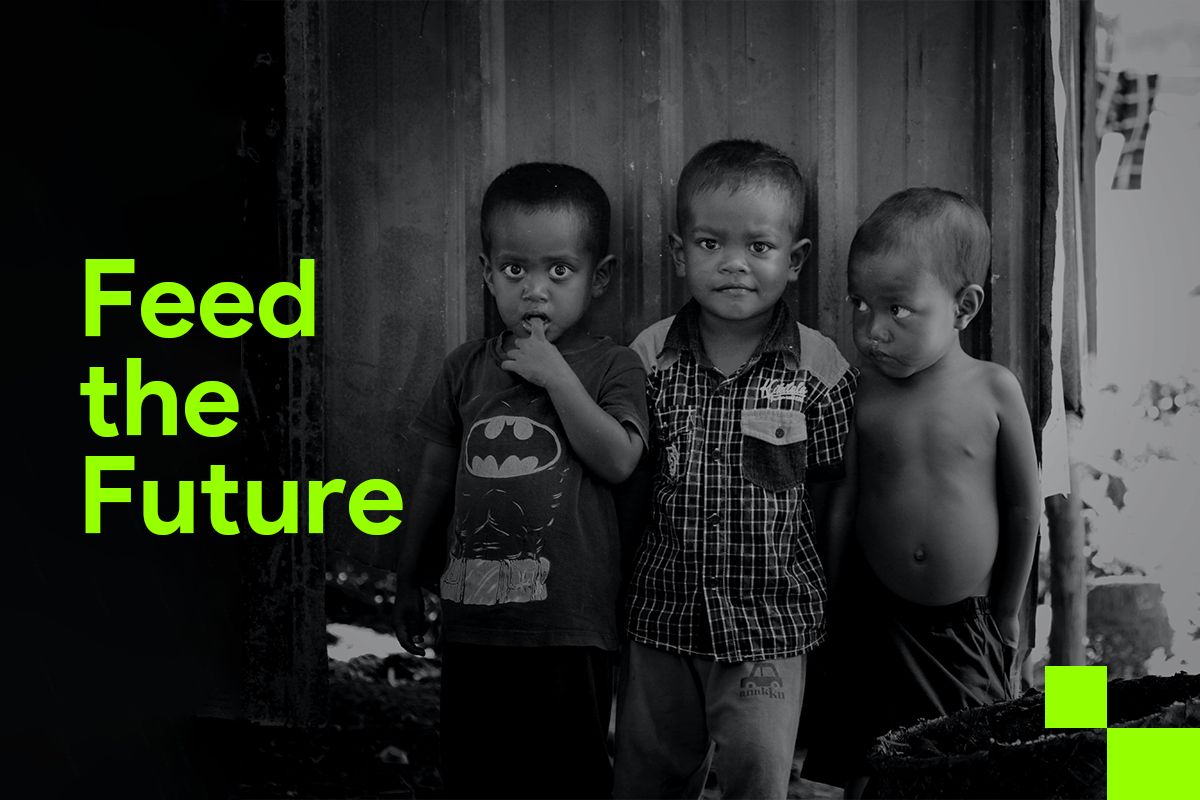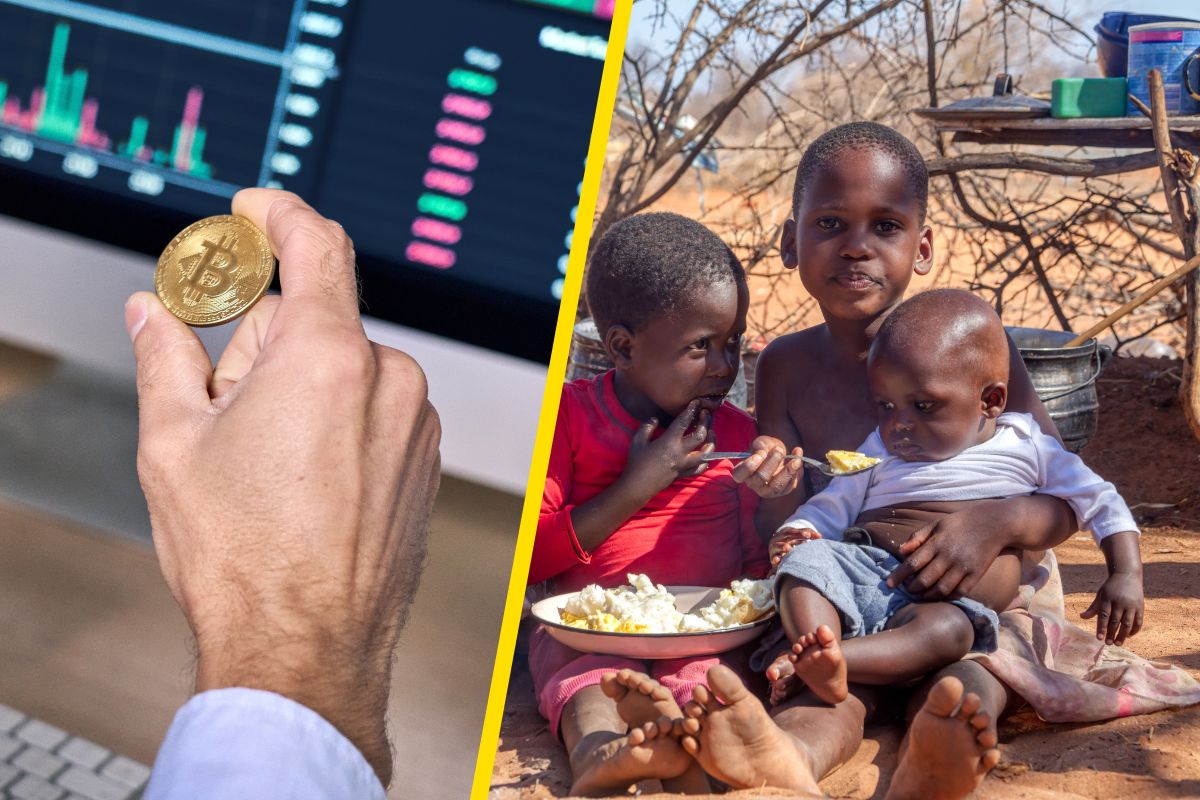Did you know that at least one in seven people worldwide suffer from chronic hunger every day? They lack the basic daily food intake and healthy life. According to the survey, more than 828 million people around the world are hungry despite enough food production for everyone. While several factors aid the global hunger crisis, one of the important factors that are often missed is “overpopulation.”
The growing population results in a direct increase in demand for cultivable land, and clean water. This mainly takes place in case of poor food production technology, and programs that address the families and people who lack access to daily food. According to FAO (Food and Agriculture Organization), the growing population will result in double the demand for food production by 2050. As we speak children are dying due to malnutrition, (a direct result of hunger) throughout the world.
Before we delve into hunger and talk about the impact of population growth on world hunger, it is important to understand what hunger is, and how we classify them.
Also Read: Global “Hunger Pandemic” Pushing Millions Towards Death: How Can You Help?
Over the years, hunger has turned into a human catastrophe. While there are several factors that fuel hunger, the experts address hunger in three distinct categories.
According to the Global Hunger Index 2022, the five countries that show alarmingly high hunger situation consists of Madagascar, Yemen, Chad, the Central African Republic, and the Democratic Republic of Congo. Other than these, countries such as South Sudan, Burundi, Somalia, and Syria are also facing severe hunger issues.
The relationship between the world population and the global hunger crisis is complex and multifaceted.
On one hand, an increase in the global population means that more people need to be fed, which puts pressure on the world’s food systems. As the global population continues to grow, there is a risk that the demand for food will outstrip the supply, leading to higher prices and greater food insecurity, particularly in developing countries.
At the same time, however, it is important to note that global hunger is not solely the result of a lack of food production. In fact, the world produces enough food to feed everyone, but many people still suffer from hunger due to poverty, inequality, and other social and political factors. In other words, hunger is not just a problem of supply, but also of access and distribution.
Moreover, it is important to note that the population growth rate has been slowing down in recent years, and is projected to continue to slow down in the coming decades. This means that the pressure on global food systems may not be as severe as some projections have suggested and that there may be opportunities to improve food security through more sustainable and equitable distribution systems.
While population growth can contribute to the global hunger crisis, it is important to recognize that hunger is a complex issue that is influenced by a range of social, economic, and political factors. Addressing the root causes of hunger requires a multifaceted approach that takes into account the needs and perspectives of all people, and prioritizes sustainable and equitable food systems.
While several organizations have taken up initiatives to contribute to ending hunger, PayBito has found a different approach. The US-based crypto exchange platform has initiated a “Brokering world hunger away” movement. The aim is to feed the needy and hungry children around the world with nutritious meals. While the exchange is playing its part, how can we help? It is important to address hunger today and play our part. We can start by educating the families and sharing their problems with communities around the world.
Hunger has been existing all over the world for ages, and is turning into a human catastrophe. Millions of people are dying every year, due to a lack of daily food, and nutritious meals. It’s about time, we step up and do our part to end their hunger once and for all.



No Comment